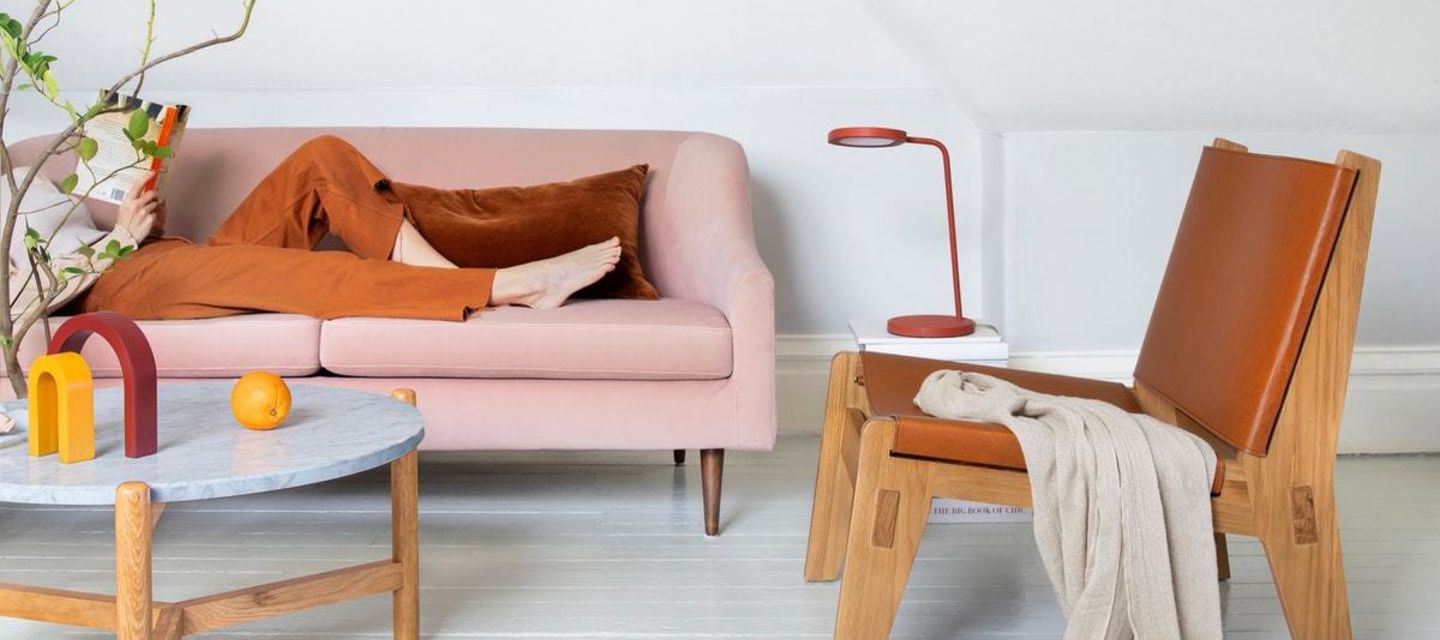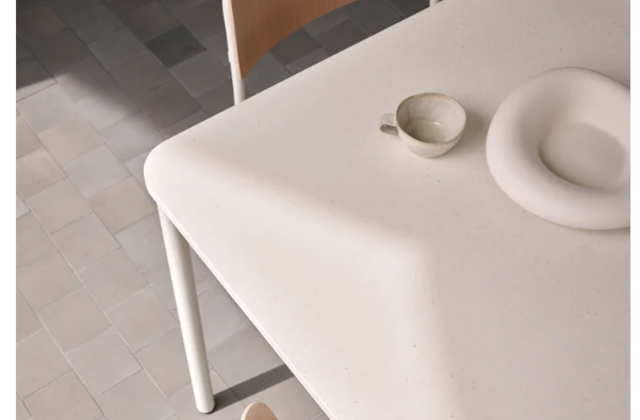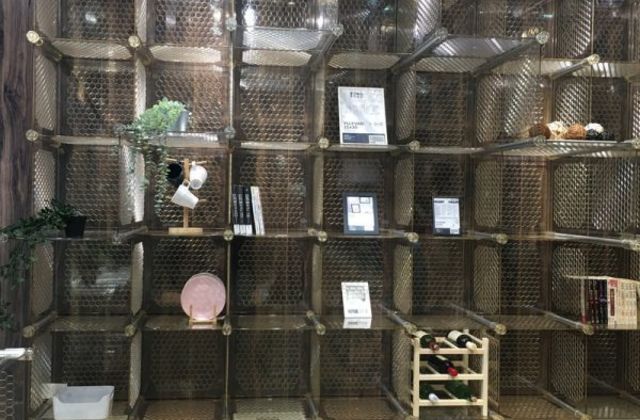What is it? Feather offer furniture rental to customers at lease rates. The furniture is delivered and set up by Feather, then taken back after use and cleaned and maintained before reuse. Customers can also buy furniture they like, either directly or after a lease period.
Why is this important? City dwellers move frequently, with an average of moving every 1-2 years (Feather, 2022a). With changing styles and living arrangements and higher prices for good-quality furniture, cheaper furniture is often purchased that can be less sturdy and might end up in landfill. Annually, around 20 billion pounds of furniture end up in landfills (Feather, 2022a). Extending the life of products and keeping them in use longer can not only reduce the number of new products that need to be manufactured, but also lower the amount that goes to landfill (Bakker et al., 2014; Stahel, 1998).
Main resource strategy: Slowing the resource loop through enabling repeat use of furniture with refurbishing and repair in between uses, as well as enabling the resale of previously rented furniture.
Business model aspects:
- Value Proposition: Feather rent out furniture for both homes and offices. They offer their own furniture as well as furniture from other brands. Furniture designed by Feather is built to last and designed for easy repair (Feather, 2022a). They target urban customers in select locations across the United States, as well as professional decorators and stagers.
- Value Creation & Delivery: Feather design and produce some of the furniture they offer for rent or sale. They design their own furniture with a component part system that makes it easy to clean and refurbish (Feather, 2022c). They also use sustainable materials, such as FSC certified wood, and more natural and water-based finishes. Additionally, Feather offers furniture from other selected brands.
- Value Capture: Financial value is captured by rental income through lease rates, in a one-month, three-months or twelve-months plan, as well as in product sales for selling previously rented-out furniture (Feather, 2022b).
Strategies for degrowth/ sufficiency (based on sufficiency strategies from Niessen & Bocken, 2021):
- Design & Green alternative: Feather designs their own furniture to be durable and long-lasting. They use a component system that enables easy replacement of parts (Feather, 2022c). In their own production, they also use FSC-certified wood and glues and stains with low to no VOC emissions (Feather, 2022c).
- No ownership: The Feather furniture rental service is based on lease rates, offering rates of either one+ months, three+ months or twelve+ months (Feather, 2022b).
- Reuse: Customers in select locations can purchase the furniture after the rental period or directly, enabling long-time use.
Business model experimentation practices: Feather initially launched with a selection of top brand furniture in 2017 but has moved on to design and produce their own furniture which is more easily reparable and designed for easy maintenance (Feather, 2022c). After initially launching in New York, the company has expanded to 900 zip codes, including in California and Texas (Jansen, 2021).
Sources:
Feather (2022a). About. Accessed 4 February 2022 at https://www.livefeather.com/about
***
About project Circular X
Project Circular X is about ‘Experimentation with Circular Service Business Models’. It is an ambitious research project funded by the European Research Council (ERC) which supports top researchers from anywhere in the world. Project CIRCULAR X runs from 2020-2025. The project is led by Principal Investigator (PI) Prof Dr Nancy Bocken, who is joined by a multidisciplinary team of researchers at Maastricht Sustainability Institute (MSI), Maastricht School of Business and Economics, Maastricht University. The project cooperates with businesses who want to innovate towards the circular economy.
Project Circular X addresses a new and urgent issue: experimentation with circular service business models (CSBMs). Examples of such new business models include companies shifting from selling products to selling services and introducing lifelong warrantees to extend product lifetimes. However, CSBMs are far from mainstream and research focused on experimentation is little understood. The research aims to conduct interdisciplinary research with 4 objectives:
- Advancing understanding of CSBMs; their emergence and impacts
- Advancing knowledge on CSBM experimentation
- Developing CSBM experimentation tools
- Designing and deploying CSBM experimentation labs
Funding source
This project has received funding from the European Research Council (ERC) under the European Union’s Horizon 2020 research and innovation programme, grant agreement No. 850159.
Using this information
When you cite this publication, please use the following source:
Circular X. (2022) Case study: Feather - Keeping furniture in homes and out of landfills. Accessed from www.circularx.eu



